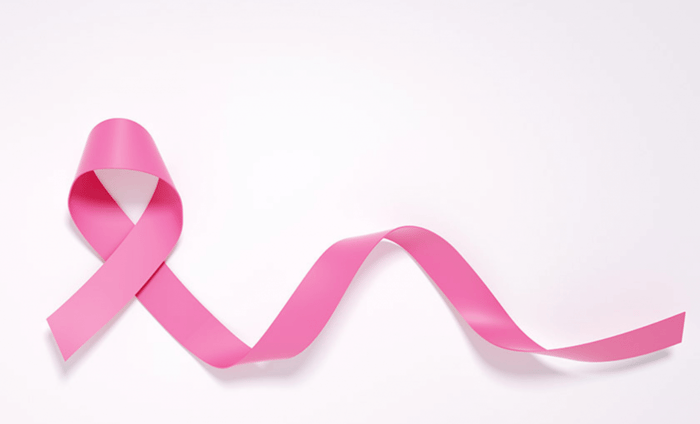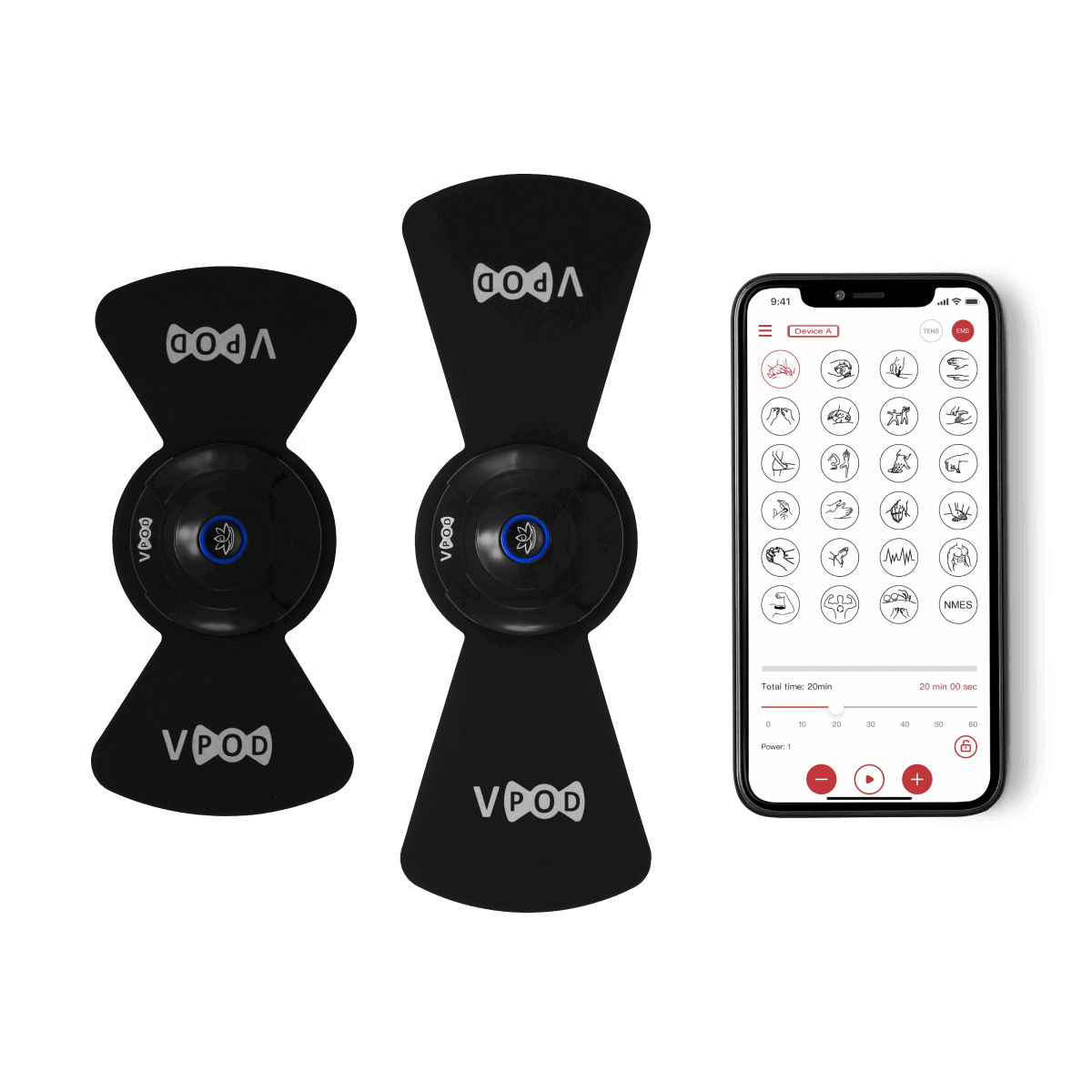Tomorrow is the start of Breast Cancer Awareness Month and so we wanted to highlight some statistics and preventative measures to help the spread of helpful information for this cause. Read on to learn some science-backed tips to help you be the healthiest version of yourself you can be!
Breast cancer is the second most common type of cancer in the U.S, with skin cancer being the first, and while there is no definite way to prevent breast cancer completely, there are many things you can do to lower your risk. These things are especially helpful for those with a strong history of breast cancer.
Preventative Measures
Alcohol
The level of risk rises as the amount of alcohol consumed rises. Even drinking a small amount of alcohol per week has been linked with an increase in the risk of developing breast cancer. While it's best to not drink at all, women who do drink should try not to surpass 1 drink a day. This is equivalent to 12 ounces of beer, 5 ounces of wine, and 1.5 ounces of hard liquor.
While this may seem unrealistic, keep in mind that this is about a total of 7 drinks a week. So if eliminating alcohol altogether is unrealistic for you, as least try to limit the days in which you drink.
Weight
Increased body weight and obesity are linked with higher risk of breast cancer after menopause. According to the American Cancer Society, studies have shows that moderate to vigorous physical activity. At least 150 to 300 minutes of moderate intensity or 75 to 150 minutes of vigorous activity is recommended each week. Exceeding 300 minutes is ideal.
Moderate activity count as something as light as a brisk walk. Anything that involves a slight increase in breathing and heart rate, so you can still maintain conversation but not easily.
Vigorous activity counts as anything that causes sweating, increased heart rate, and unable to sustain for high periods of time due to the high intensity.
Along with nutrition and activity, consider a recovery plan to stay healthy and prevent injury. Always incorporate a warm-up and cool down for your workouts to decrease the amount of muscle soreness in the following days. If recovery is still an issue, or made harder due to any kind of chronic pain, consider using TENS/EMS technology to encourage an increase in blood circulations and faster healing. We recommend the wireless VPod, since it boasts 24 different settings and adjustable intensities. To learn more, visit VPod.Life.
Happy Healing!


